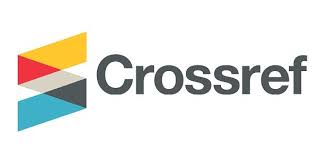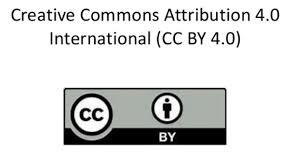Cancer inhibition, apoptosis induction and wound healing modulation potentials of Halfa Bar (Cymbopogon proximus) extracts
DOI:
https://doi.org/10.47440/JAFE.2025.6302Keywords:
Halfa Bar, Cymbopogon proximus, Anticancer, Apoptosis, Wound HealingAbstract
The study on Cymbopogon proximus (Halfa Bar) investigated its anticancer, apoptotic, and wound-healing activities through a series of in vitro experiments. Methanolic and ethyl acetate extracts were prepared and tested on MDA-MB-231 breast cancer cells using the MTT assay, which revealed moderate dose-dependent cytotoxicity with IC50 values of 155.13 µg/mL (methanolic extract) and 159.24 µg/mL (ethyl acetate extract). Flow cytometry with Annexin V-FITC/7-AAD staining confirmed that the methanolic extract induced apoptosis in a concentration-dependent manner, with higher doses causing significant early and late apoptosis. Transmission electron microscopy further supported apoptotic induction by showing nuclear condensation, membrane blebbing, and apoptotic body formation. In contrast, the wound healing (scratch) assay demonstrated that while control cells achieved 37.1% wound closure after 24 hours, cells treated with IC25 and IC50 concentrations of the methanolic extract showed inhibited migration and even increased wound size, indicating impaired healing capacity at cytotoxic doses. Overall, the results highlight that C. proximus extracts exert significant anticancer and pro-apoptotic effects, but their wound-healing efficacy is dose-dependent and limited by cytotoxicity at higher concentrations.






 Publisher:
Publisher: 